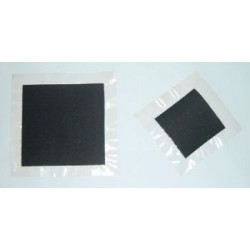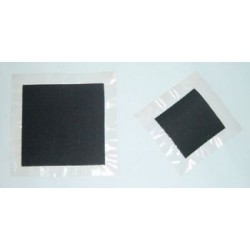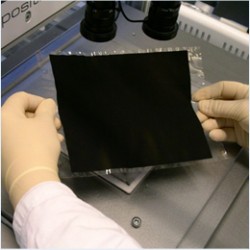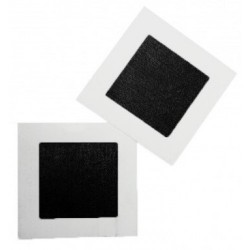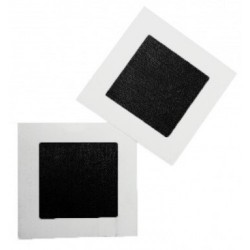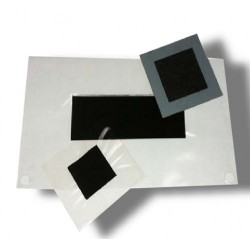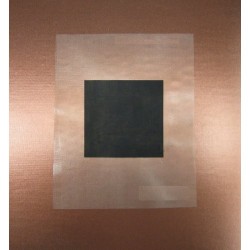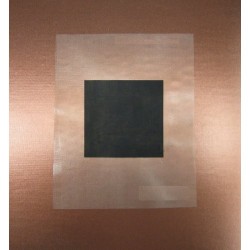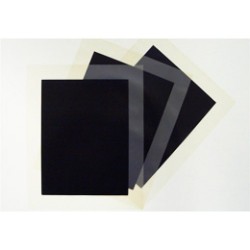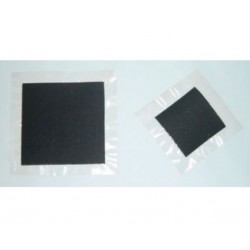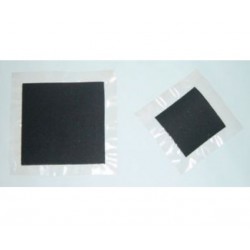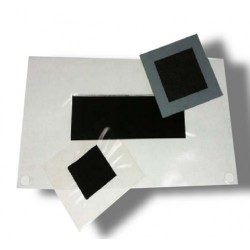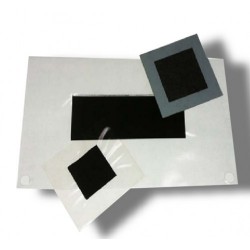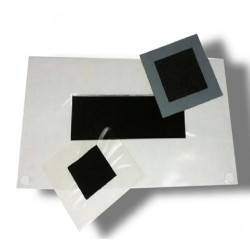No products
Prices are tax excluded
Product successfully added to your shopping cart
There are 0 items in your cart. There is 1 item in your cart.
Catalog
Membrane Electrode Assemblies (MEA)
-
PRODUCTS
- WEATHER STATIONS
- WATER QUALITY MONITORING
- TRANSMITTERS AND TRANSDUCERS
- TRAINING & EDUCATION SYSTEMS
- SPECTROMETERS & SPECTRO-RADIOMETERS
- SENSORS & PROBES
- POWER & ENERGY
- MEASUREMENT AND CALIBRATION INSTRUMENTS
- LIGHT & LASER SOURCES
-
LABORATORY, PHARMACY & MEDICINE EQUIPMENT
- Water Quality
- Vet
- VARIOUS
- VACUUM SYSTEMS
- Ultrasonic Baths
- Stirrers
- SPECTRO-PHOTOMETERS
- Showers
- Sensores y Sondas
- Rotary Evaporator
- Refractometers
- Pumps
- PRECISION BALANCES
- Plant Growth Chambers
- PARTICLE ANALYZERS
- OVENS
- ORBITAL SHAKERS
- Mills
- MILK ANALYZERS
- Microtome
- Microscopes
- Microplate Readers
- MEDICAL ANALYZERS
- Laboratory Reactors
- INFLAMMATION ANALYZERS
- INCUBATORS
- HUMAN TEMPERATURE
- Hotplates
- GAS BURNERS
- Gas Analyzers & Detectors
- FAT ANALYZER
- Evaporators
- Distillers
- Dissolved Oxygen
- Density Meters
- Cultivators
- COLORIMETERS/GLOSS METERS
- COLD STORAGE ROOMS
- Chromatograph
- Chillers, Coolers, Refrigerators
- Chemical Analyzers
- CENTRIFUGERS
- CABINETS AND HOODS
- Body Scanners
- BATHS AND CIRCULATORS
- AUTOCLAVES
- ANALYSERS
- Anaerobic Workstations/Chambers
- AIR QUALITY
- Air Purify
- Instruments for Geophysics and Seismology
- INDUSTRY & PROCESS CONTROL
-
HAND/PORTABLE METERS
- WOOD MOISTURE
- Weather Station
- WATER QUALITY
- Water Flow
- VIDEOSCOPE
- VIBRATION ANALYZERS
- Veterinary
- ULTRAVIOLET
- Thickness Measurement
- THERMAL IMAGING
- TEMPERATURE & HUMIDITY
- TEMPERATURE
- TDS
- Spectrum Analyzers
- Spectrocolorimeters
- SPECTRO RADIOMETERS
- SPECTRO PHOTOMETERS
- Sound Meter
- SOUND LEVEL METERS
- SOLAR RADIATION
- Soil Moisture
- SOIL COMPACTATION
- SOIL CALCIMETER
- Salinity
- Relative Humidity
- Refractometers
- RADIATION (Gamma, Beta and X)
- Quantum Light 0-4000 µmol
- PRESSURE & TEMPERATURE
- Pressure
- Power Analyzers
- PHOTOSYNTHETIC LIGHT
- pH
- Particles in Air
- OXIGEN
- ORP
- OIL ANALYZERS
- MULTIFUNCTION
- LUXOMETROS
- Leakage Meters & Detectors
- ION MEASUREMENTS
- INFRARED Temp. RADIOMETER
- Humidity Sawdust/Hay/Pellets
- HUMIDITY OF CONCRETE
- GLOSS
- GAS ANALYZERS
- FORMALDEHYDE
- Food
- Fluorometers
- Distance rangefinder
- DISSOLVED OXYGEN
- Density
- CONDUCTIVITY METERS
- CONDUCTIVITY
- Colorimeters
- CO2 (Carbon Dioxide)
- CO (Monóxido de Carbono)
- CHLOROPHYLL CONCENTRATION
- Cement Moisture
- ANEMOMETER
- AIR QUALITY
- ACCESORIES
- FUEL CELL HARDWARE
- FLOW METERS
- ENVIRONMENTAL PRODUCTS
- Environmental Hygiene
- ELECTROCHEMISTRY, MATERIAL SCIENCE & IMPEDANCE
- ELECTRICITY NETWORK ANALYZERS
- DATA LOGGERS
- CLOROPHYL PHOTOSYNTHESIS
- CATALOGS
-
Browse by Measurement
- Wood Moisture
- Wind Direction
- Water Quality
- Water Level
- WATER FLOW
- VOC
- Viscosity
- Vibration Analyzers
- Vet
- V & mV
- Ultraviolet Light
- Turbidity
- Time
- Thickness
- Temperature
- Telemetry
- TDS
- Strain Gauges
- Stomatal Conduct.
- Sterilization
- States (ON/OFF)
- Spectroradiometry
- Spectrophotometry
- Spectrometry
- Solar Radiation
- Soil Water Potential
- Soil Moisture
- Sodium
- Snow Depth
- Seismology
- Sap/Sap Flow
- Sap Flow
- Salinity/Conductivity
- RELAY OUTPUTS
- Relative Humidity
- Rain Gauge
- Radon
- Radiation
- Quantum Light
- Pulses
- Pressure
- Potassium
- Pipes Inspection
- Photosynthesis
- Pharmacy & Medicine
- pH
- Peristaltic Pumps
- Penetrometers
- Particle Meters
- Particle Counters
- PAR Light
- Ozone (O3)
- Oxígeno Disuelto DO
- ORP - REDOX
- Occupation and Time
- O2 Oxygen
- Noise
- Nitrogen Generators
- Nitrate
- Network Analyzers
- Movement & GPS
- Meteorology
- Load Cells
- Light & Laser Sources
- Level
- Leaf Wetness
- Leaf area index
- LCR
- KW & KW/H
- Ions
- Impedance
- Idc (DC Current)
- Iac (AC Current)
- Haze/Fog
- GEOTECHNICS
- Geiger counters
- GAS (ANALYZERS)
- Fuel Cells
- Fluorescence
- Flavor/Taste/Acidity
- Exterior humidity
- Events
- Evapotranspiration
- Energy and Power
- Electrochemistry
- Distance
- Differential Pressure
- Diesel Level
- Dew Point
- Destiladores
- Density
- Dendrometers
- Cryoscopes
- Cracks in Buildings
- Conductivity in Water
- Conductivity in Soil
- COMPRESSED AIR
- Color / Colorimeter
- CO2 Carbon Dioxide
- CO Carbon Monoxide
- Chlorophyll
- Calibrators
- Calcium
- Autoclaves
- Atmospheric Pressure
- Ammonia
- Airflow
- Air Speed
- Air quality
- 4-20mA
- Highlighted
-
Brands
- WonATech
- Walz
- Veris Industries
- Vegetronix
- UPWARD INNOVATIONS
- Tempmate
- Tanel
- TandD
- StellarNet .Inc
- Spectrum Technologie
- SolGeo
- SCRIBNER ASSOCIATES
- Scientech Tech.
- RST Instruments
- RIKA SENSORS
- RADONOVA
- Quarta-Rad
- PSI (Photon Systems)
- Pronamic
- Particles Plus
- Onset
- Nvis Technologies
- NorECs
- NexCeris - NextCell
- Nesa
- MRC Lab. Equipment
- Meter Environment
- MEATROL
- Magnelab
- MAE srl
- Konted
- KandH
- Judd Communications
- IMKO
- iButton
- Hubei Fangyuan
- HORIBA/Laqua
- HONGYUV
- Grant Instruments
- Gentos
- Fuehler Systeme
- FRIGGA
- EMS Brno
- EME Systems
- ELECTROCHEM INC.
- Eko Instruments
- Ecomatik
- Delta-T
- Delta Ohm (Senseca)
- Decagon
- Davis
- Comet System
- Chao Sensor
- Capetti Elettronica
- Bosean
- Blue Maestro
- Autoedu
- Atago
- Aquas Inc.
- Aquaread
- Apogee Instruments
- AO-Electronics
- Algodue
- AIRY TECHNOLOGY
- Acksen
- 3nh
- Spectral Evolution
-
Applications
- Water
- Veterinary
- TRAINING / EDUCATIONAL
- SPECTROSCOPY & SPECTROPHOTOMETRY
- SCIENCE AND RESEARCH
- MEASUREMENT AND CALIBRATION INSTRUMENTS
- LABORATORY, PHARMACY, MEDICINE AND HEALTH
- INDUSTRY
- Geotechnics /Seismology
- ENVIRONMENTAL SCIENCES
- ENVIRONMENTAL HYGIENE
- Cold Chain - Transport
- Building Monitoring
- AUTOMOTIVE
- AUTOCLAVES
fuentes RSS
No RSS feed added

Membrane Electrode Assemblies (MEA)
A Membrane Electrode Assembly (MEA) is the core component of a Fuel Cell that helps produce the electrochemical reaction needed to separate electrons.
On the anode side of the MEA, a fuel (hydrogen, methanol etc.) diffuses through the membrane and is met on the cathode end by an oxidant (oxygen or air) which bon...
Membrane Electrode Assemblies (MEA)
A Membrane Electrode Assembly (MEA) is the core component of a Fuel Cell that helps produce the electrochemical reaction needed to separate electrons.
On the anode side of the MEA, a fuel (hydrogen, methanol etc.) diffuses through the membrane and is met on the cathode end by an oxidant (oxygen or air) which bonds with the fuel and receives the electrons that were separated from the fuel.
Catalysts on each side enable reactions and the membrane allows protons to pass through while keeping the gases separate. In this way cell potential is maintained and current is drawn from the cell producing electricity.
A typical MEA is composed of a Polymer Electrolyte Membrane (PEM), two catalyst layers, and two Gas Diffusion Layers (GDL).
A MEA with this configuration is known as a 5-Layer MEA due to its composition.
An alternative version of a membrane electrode assembly is the 3-Layer MEA which is composed of a polymer electrolyte membrane with catalyst layers applied to both sides, anode and cathode. An alternative name for this type of MEA is a Catalyst Coated Membrane (CCM). See the figure below for an example of each type:
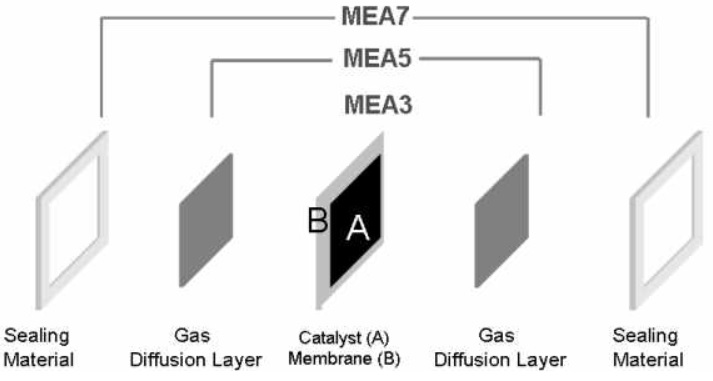
A few key differences in the two types of MEAs, 5-Layer or 3-Layer, are the presence of a pre-selected GDL, and the location of the applied catalyst layers.
In the 5-Layer MEAs, the GDL is a standard carbon cloth with a microporous layer (MPL) applied to one side of the cloth.
The cloth is Teflon treated is assist in pushing the product water away from the catalyst sites, and the MPL is made of carbon powder that is made into a slurry with a Teflon solution and applied to the cloth to give a smooth surface to apply the catalyst and the layer is also electrically conductive while maintaining an open pore structure to allow the gases into the reaction sites. This setup is easier to apply the catalyst to and allows for quicker MEA fabrication.
The 3-Layer MEAs do not come with a GDL so that you may experiment with different GDLs for finding more optimal structures in your testing environment.
The down side is that the catalyst must now be applied directly to the membrane which is more difficult since the membrane will swell as it gets wet.
Both options will perform equally after the break-in period for the MEA, which is usually around 24hrs of operation. This operational period allows the product water to be distributed throughout the membrane and fully hydrate the MEA providing the reactant stoichiometries for the gas flow rates are kept low. 5-Layer MEAs are generally cheaper per MEA, whereas 3-Layer MEAs are more expensive due to the increase in time and labor for manufacturing.
MEAs for many applications including, Electrolyzers, Polymer Electrolyte Fuel Cells, Hydrogen / Oxygen Air Fuel Cells, Direct Methanol Fuel Cells, and many more can be supplied!
-
Hydrogen Air MEA - 5 Layer Ref.: AO-7201002
These Hydrogen Air MEAs are 5-Layer Membrane Electrode Assembly (MEA) with integrated Gas Diffusion Layers (GDL) for use in Hydrogen/Air Fuel Cells.
-
Build your own Fuel Cells: 5L MEA 10cm² - Ref.: AO-590710
5 Layer Membrane Electrode Assembly with GDL for use in hydrogen air/oxygen fuel cells. AO-MEA-5L
155,00 € -
MEA PEM-Dyneon-725-05μm-0.5mgPt-Cloth - Ref.: AO-74810001
XICAT™ Membrane Electrode Assemblies (MEA) are highly durable and they provide ultra-high performance assemblies for use in electrochemical applications due to the use of ultra-thin composite membranes.
-
Direct Methanol Fuel Cell MEA - 5 Layer - Ref.: AO-590114
Methanol (MeOH) can be utilized directly (without the need for a reformer) with Direct Methanol Fuel Cell (DMFC) Membrane Electrode Assemblies (MEA).It also allows a liquid fuel to be used directly in a fuel cell instead of a gaseous fuel.
-
Direct Methanol Fuel Cell MEA - 3 Layers - Ref.: AO-1141006
The DMFC MEA is often useful in lower power applications. The DMFC MEA is a 3-Layer configuration, also known as Catalyst Coated Membrane (CCM).
-
Reversible Fuel Cell MEA - 3 Layer - Ref.: AO-1141018
These Reversible Membrane Electrode Assemblies (MEA) AO-1141018 can be used as in an Electrolyzer for Hydrogen production or in Polymer Electrolyte Fuel Cell (PEMFC) for electricity production.
-
-
MEA PEM-Dyneon-725-10μm-0.5mg Pt-Cloth, Ref.: AO-74810005
The XICAT™ Membrane Electrode Assemblies (MEA's) are highly durable for providing ultra-high performance assemblies in electrochemical applications due to the use of ultra-thin composite membranes.
-
MEA PEM-Dyneon-725-20μm-0.5mg Pt-Cloth, Ref.: 74810009
Our MEA PEM-Dyneon-725-20μm-0.5mg Pt-Cloth is comprised of the following sub-components:- 20 micrometers thick PEM-Dyneon (EW 725) composite membrane - carbon cloth based gas diffusion electrodes with 0.5 mg/cm2 loading of 60% Pt/C catalysts, both for anode and cathode.
-
MEA PEM-Dyneon-725-30μm-0.5mg Pt-Cloth, Ref.: AO-74810013
The standard MEA is a 5-layer construction with a membrane sandwiched between a gas diffusion electrode and catalyst layer.A second MEA structure is a 3-layer construction known as a catalyst coated membrane (CCM) in which the catalyst is applied directly to the membrane and there are no gas diffusion layers.


